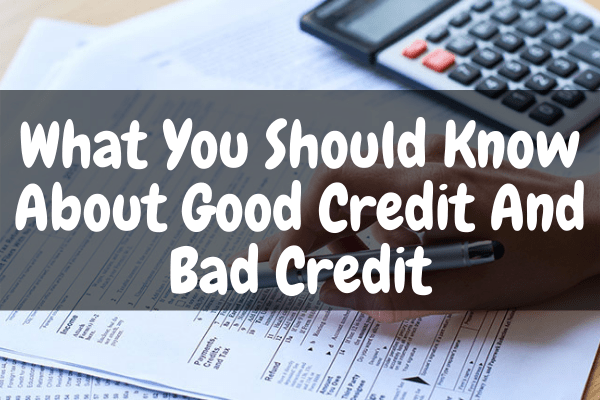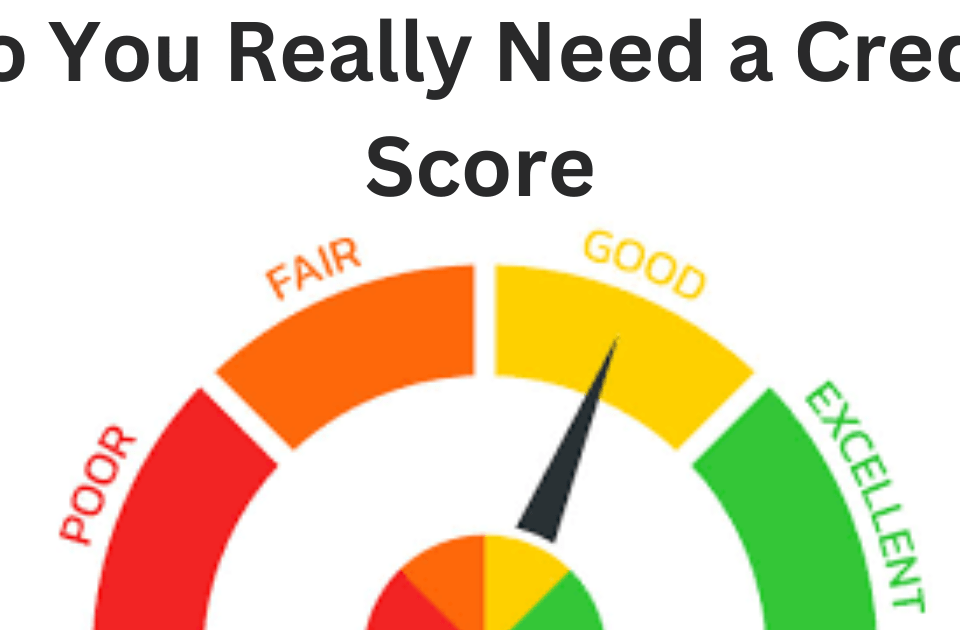Most ratings range between 500 and 800 points, with 800 being excellent and 500 being poor. The better a person’s credit rating, the lower their interest rate will be. For example, a young person just beginning to build their credit history will tend to have high interest rates between 12 and 22% APR (Annual Percentage Rate — the actual amount the borrower pays in interest annually). After establishing themselves as a reliable borrower (via on-time payments), the individual will usually find themselves paying rates in the single digits.
When it comes time to make a major purchase, such as a vehicle or house, it is especially important to have achieved a high score. Large purchases are usually done with a long-term loan and/or a sizeable down payment. When a buyer has a good credit rating they usually get a low APR as well as being required to put forth a smaller down payment. When a buyer attempts to make a large purchase with poor score, they not only must put more money down, but will usually pay a much higher interest rate and may even have to pay this higher rate over the course of a longer term loan. For example, whereas a buyer with excellent credit may put down a 2% down payment ($2,000) on a $100,000 house and get a 30 year loan at 6%, a person with poor credit may be subject to putting $5,000 to $10,000 to get a similar interest rate (and may still need to extend the loan by an additional 5 to 10 years). Each additional year amounts to several hundred extra dollars paid in interest alone.
By these simple figures, it’s easy to understand that a good money rating saves the buyer money in both the short AND long term, therefore paying back debts in a timely manner is the best investment.






